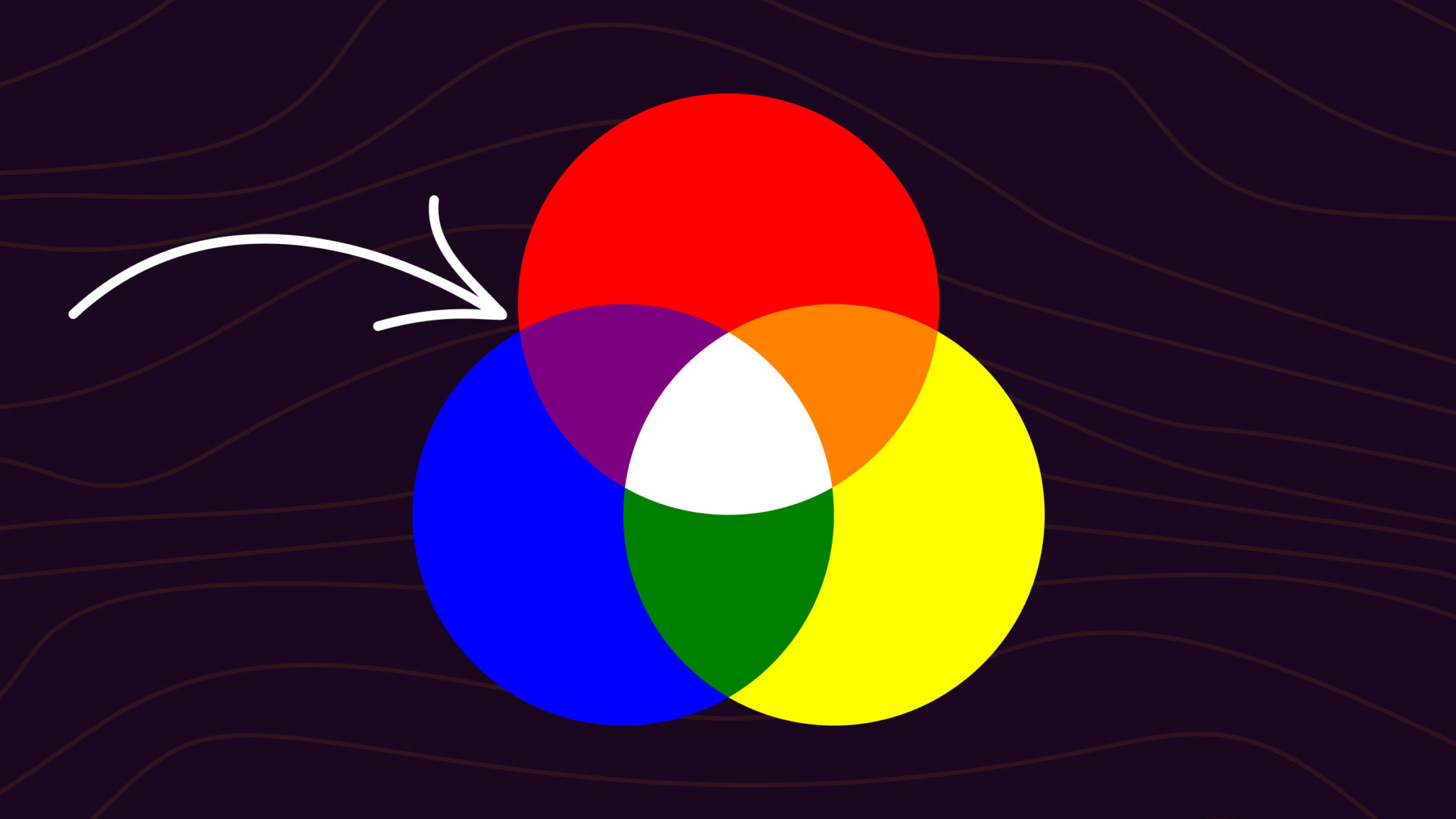Color theory is a simple set of rules for creating new colors and patterns, and it is common knowledge among designers and artists. If you want to make purple or any other hue that isn’t in your markers, colored pencils, or paints, you’ll need to understand these ideas.
Let’s dive further into the components of what colors make purple and the processes that provide its many beautiful variations. The custom colors generated here can be used in any design project.
A Primer on the Color Theory
Purple can’t be made without first learning where it sits on the color wheel.
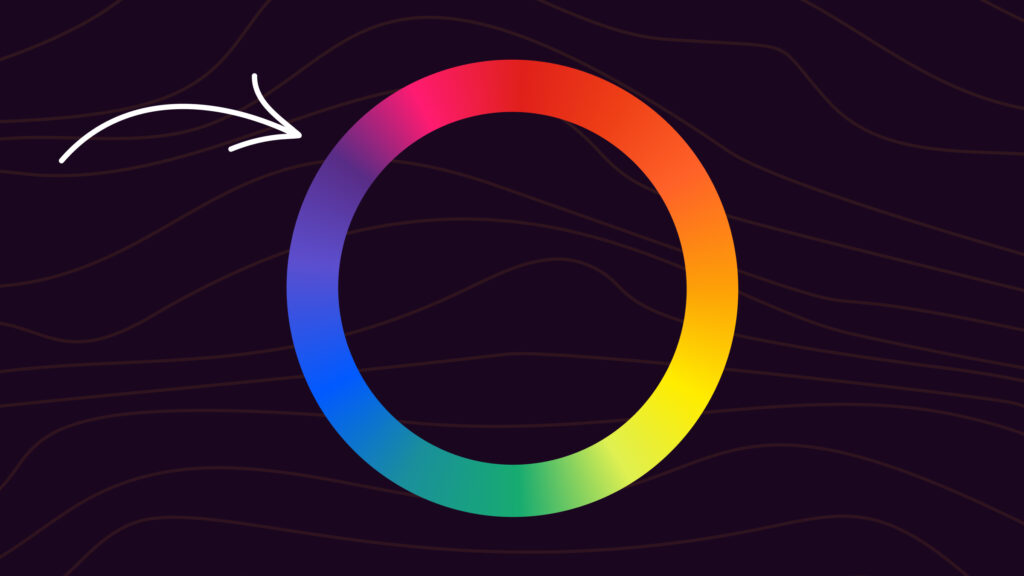
Colors may be roughly classified into three groups on the color wheel. The wheel divides hues into three categories, namely primary, secondary, and tertiary.
The standard blue, yellow, and red make up the primary color palette. As you get to the secondary hues, you’ll come across purple, green, and orange. Tertiary colors, such as red-orange, red-violet, blue-violet, blue-green, yellow-green, and yellow-orange, result from combining the primary and secondary colors.
Since you now know the position of purple on this color palette, we can now move on to the steps involved in producing the color purple.
What Colors Make Purple?
By combining the colors blue and red, we create purple. The precise hue of purple you achieve is totally up to you and totally dependent on the proportions of red and blue you use. A deeper purple can be achieved by adding more of either red or blue to the mix.
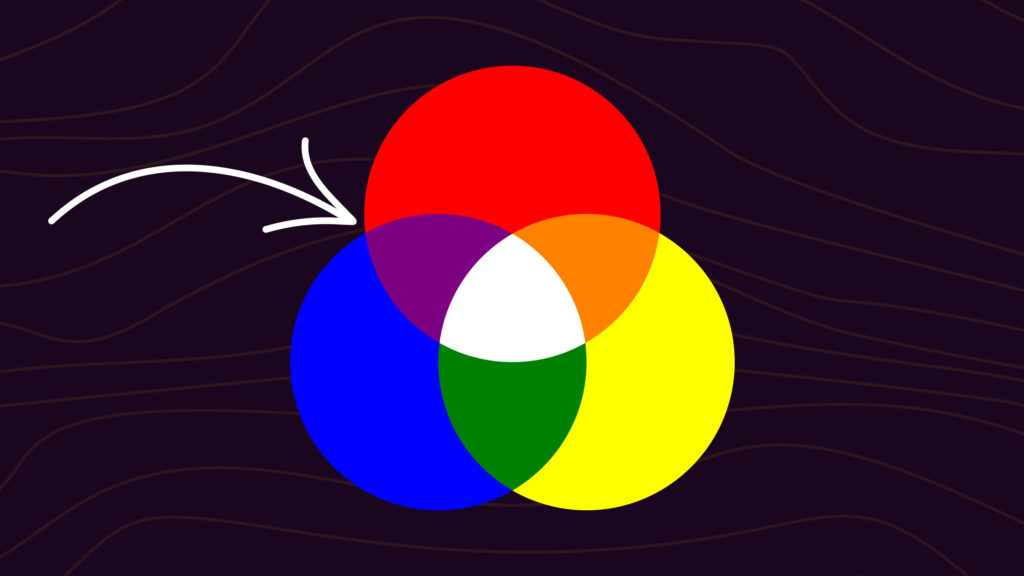
Purple can only be made by combining blue and red, although other tones of purple may be achieved by adding additional hues. You may achieve a paler shade of purple by adding gray, yellow, or white to your blue-red blending. If you want a deeper purple color, try adding some black to your red and blue combination.
The term “purple” is commonly used to describe any shade that falls between blue and red on the color wheel. However, there is more to creating the ideal purple than just combining these two hues.
How to Make Purple
Additive Mixing
Light waves are mixed using additive color mixing. For example, TVs, computer displays, and disco lights all employ additive color mixing to produce their own color palettes. Additive mixing, in its simplest form, is the process by which colors are made by stacking and blending rays of light of varying wavelengths onto one another and onto a white object.
What are the two hues that, when used together, produce purple? Light of varying blue and red wavelengths may be added together to create purple via additive mixing. You may achieve a light lavender color or a deep burgundy one depending on the components you use.
Subtractive Mixing
Through the use of subtractive mixing, colors may be made by physically eliminating visible light wavelengths with materials like paints, dyes, and pigments. Through the use of subtractive mixing, colors may be made by physically eliminating visible light wavelengths with materials like paints, pigments, and dyes.
Since a few light wavelengths are absorbed rather than reflected as colored pigments, this technique is known as subtractive mixing. Using subtractive mixing is the way to go if you want to know how to manufacture purple paint, for example.
Making Tints and Shades of Purple
Tints and shades are another way to get a purple color.
When white is added to another hue, the resulting mixture is called a tint. Tints include pink, which is created by mixing red and white. And therefore, a purple tint can be achieved by combining purple and white.
By blending black with another hue, meanwhile, one creates a shade. That’s why you get a new purple shade when you mix it with black. The amount of white or black used to create a hue can also alter its perceived brightness. Saturation describes how much of a given hue is made up of a certain value of white or black.
When black and white are added to a color, depth is created, and the color wheel becomes a sphere.
When you mix red and blue with either black or white, what do you get? A wide range of purples may be made by combining blue and red with either black or white. Purple is achieved by combining various shades of white, blue, and red. The shades here will be softer tones, like orchid. You can make any shade of purple by combining black, blue, and red. Shades create deeper and darker colors, such as indigo.
Experimenting with shades and tints is the best approach to master color mixing if you are working on a project that requires the use of purple paint. You can find more shades of the color purple using our color shades generator.
Purple vs Violet
You may have stumbled onto violet on the color wheel in the quest to create purple. There is a common misconception that they are the same hue. The truth, however, is that purple and violet are quite distinct.
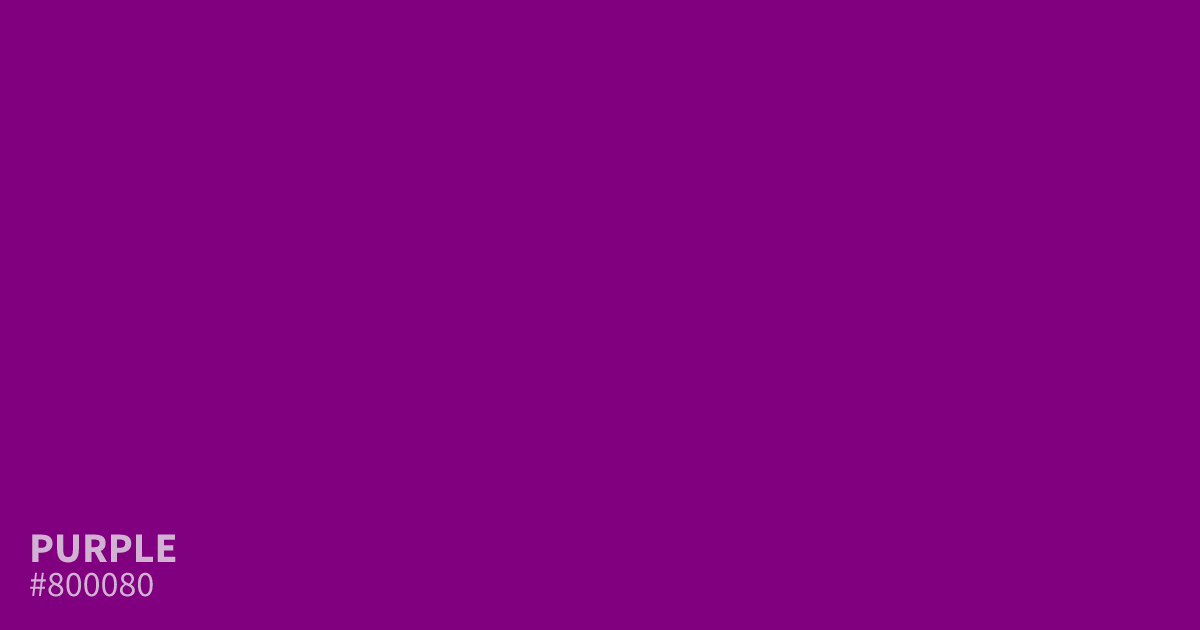
Violet is a recognized color on the electromagnetic spectrum while purple is not is perhaps the most striking distinction between the two. To be more specific, violet possesses the shortest wavelength of all colors that are visible to the human eye. The hue purple, meanwhile, is artificial since it is created by mixing red and blue.
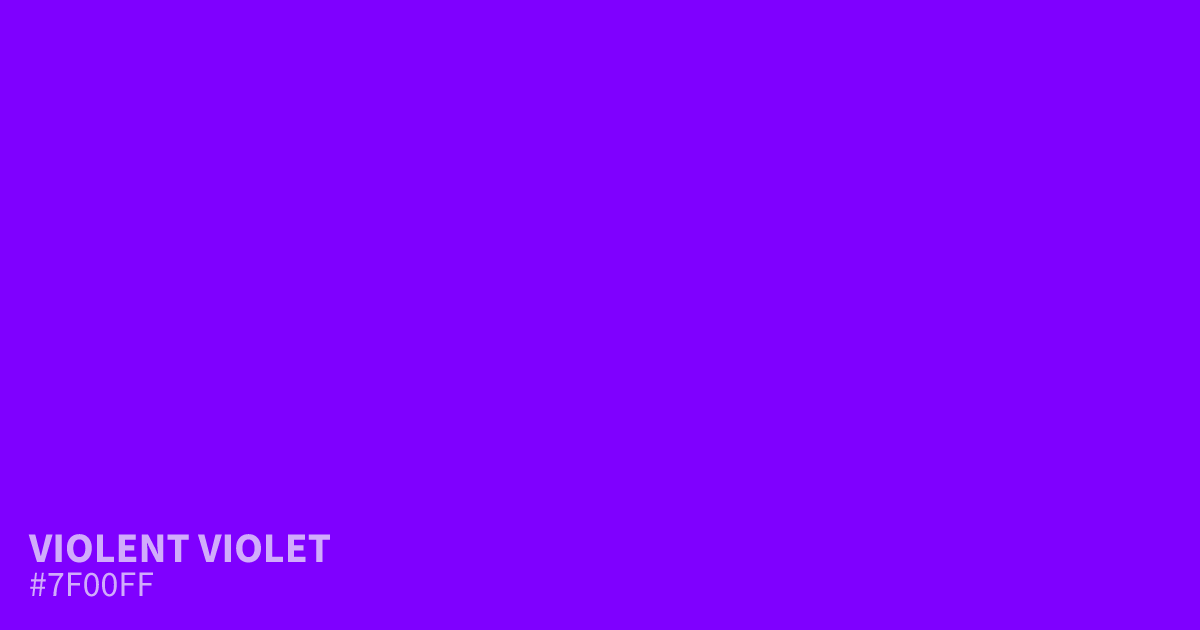
In addition, violet is more blue than it is red, rather than the other way around.
Wrapping Up
Making purple is easy, but knowing if you want pure purple or different shades of the color can help you choose the right colors to mix. Whether you’re trying to make a light or dark purple it starts by mixing red and blue.
After you master pure purple, a wide range of brighter and deeper tints become accessible. There are plenty of unique shades of purple that can be made to improve your creations. Be cautious about adding too much of a particular color. This can cause the purple to be masked, and leave you with an entirely different hue.
This is particularly true as far as black and white are concerned, since either color, when used excessively, can stifle the original purple.
To learn more about color mixing and creation, read our post on color theory and the color wheel.
